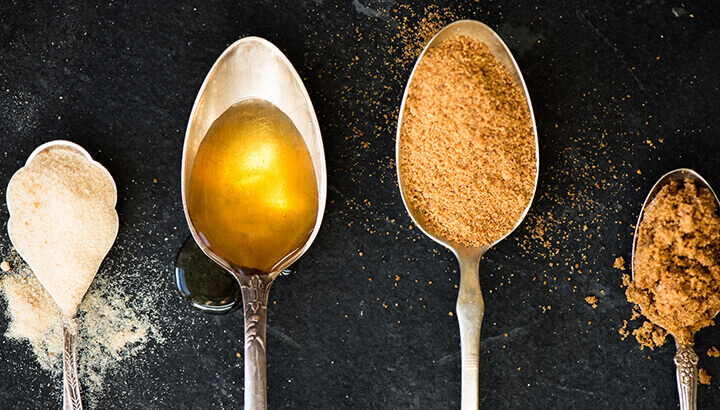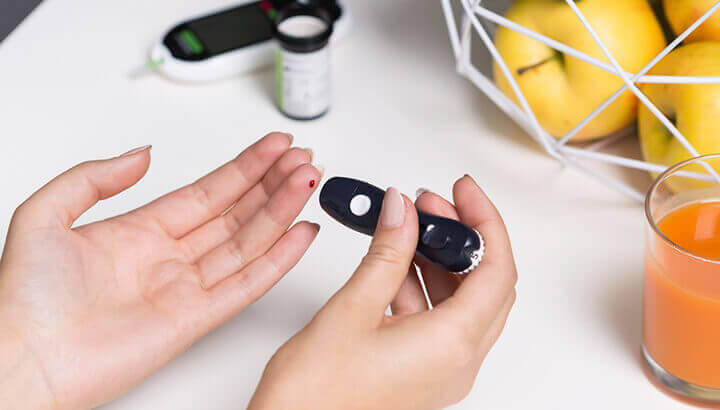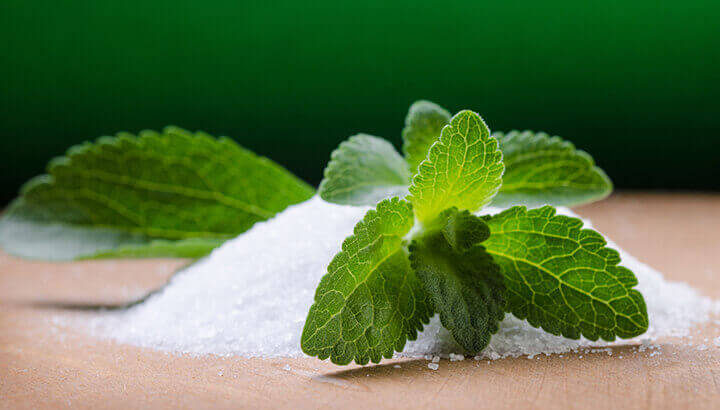
So, you’ve decided to give up sugar. Congratulations on your wise choice! An overwhelming amount of research has linked refined sugar to obesity, type 2 diabetes, metabolic disturbances, tooth decay, inflammation and more. The less we eat of this nasty white stuff, the better.
Of course, deciding to leave the evils of sugar behind means you’re probably searching for a substitute sweetener. Life’s too short to give up the sweetness entirely, right? Luckily, there are a lot of great options, options that are much healthier than sugar and just as delicious — or more!
Fake versus natural sweeteners

First of all, stay far away from artificial sweeteners such as aspartame, saccharin, sucralose and sorbitol. These sweeteners contain nothing natural at all. Plus, they have been linked to a number of health conditions. Aspartame, considered by many to be the worst of the bunch, is made with genetically modified bacteria… yuck.
That leaves the natural options, of which there are many. Organic coconut crystals are one great option. There’s also raw honey, which may be the best choice because of it’s wealth of healthy properties. Dates and real maple syrup are also healthy in moderation. Last but not least, there’s stevia.
Why choose stevia?
Stevia is a leafy herb native to South America. In this part of the world, stevia leaves have been used for hundreds of years to sweeten foods and beverages. They’ve also been used for their medical properties. These leaves are unique in that although they are very sweet, they do not raise blood sugar levels. In fact, stevia has been linked to improving a number of metabolic conditions.
Stevia can help diabetics

On the use and benefits of stevia, the authors of a 2010 study published in the International Journal of Food Sciences and Nutrition wrote:
“Although Stevia can be helpful to anyone, there are certain groups who are more likely to benefit from its remarkable sweetening potential. These include diabetic patients, those interested in decreasing caloric intake and children. Stevia is a small perennial shrub that has been used for centuries as a bio-sweetener and for other medicinal uses such as to lower blood sugar.”
Stevia can help metabolic syndrome
In 2016, researchers involved in a study published in the journal Endocrine Abstracts tested the effects of stevia on a small group of people with metabolic syndrome. The study went on for four months. Based on their results, the study authors concluded:
“The introduction of low glycemic load snacks based on stevia in a low calorie diet in patients with MetS [metabolic syndrome] is safe and can lead to a further reduction in BP [blood pressure], fasting glucose, ox-LDL [a risk factor for heart disease] and leptin compared to a hypocaloric diet alone.”
Sounds pretty good, right? There’s just one catch…
Not all stevia is created equal

Real, unprocessed whole leaf stevia may offer a lot of benefits along with a naturally sweet flavor. However, there are a lot of stevia products on the market which are anything but natural. Much of the stevia on store shelves today is a white powder, which is a processed extract of stevia known as rebaudioside A. This substance has not been thoroughly studied for safety and may be rife with additives.
Just a few of the additives that are often added to processed stevia products include:
- Dextrose (a form of sugar)
- Erythritol (another form of sugar)
- Maltodextrin (which may contain MSG)
- Corn starch (likely GMO)
- Natural flavors (which could be anything)
- Silica
It’s extremely ironic that a product designed to be a sugar substitute contains forms of actual sugar… but such is the case. Your body doesn’t need any of those other chemicals and additives, either.
What is the best kind of stevia?
The absolute best kind of stevia you can choose is pure, unadulterated whole leaf stevia. Make sure to check your labels. There should be no ingredients other than whole stevia leaves (usually dried). If you see additives in the ingredients list, you’re better off giving it a miss.
To get it fresh from the source, you can grow stevia plants in your window box or garden. They’re easy to grow — all you have to do is plant them in rich soil, water them often (but not enough to overwater) and keep them reasonably warm. Once they grow to maturity, you can cut the fresh leaves, dry them and crumble them yourself in a spice grinder or with a mortar and pestle. Sweetness right from your own home garden!
– Tanya Mead

